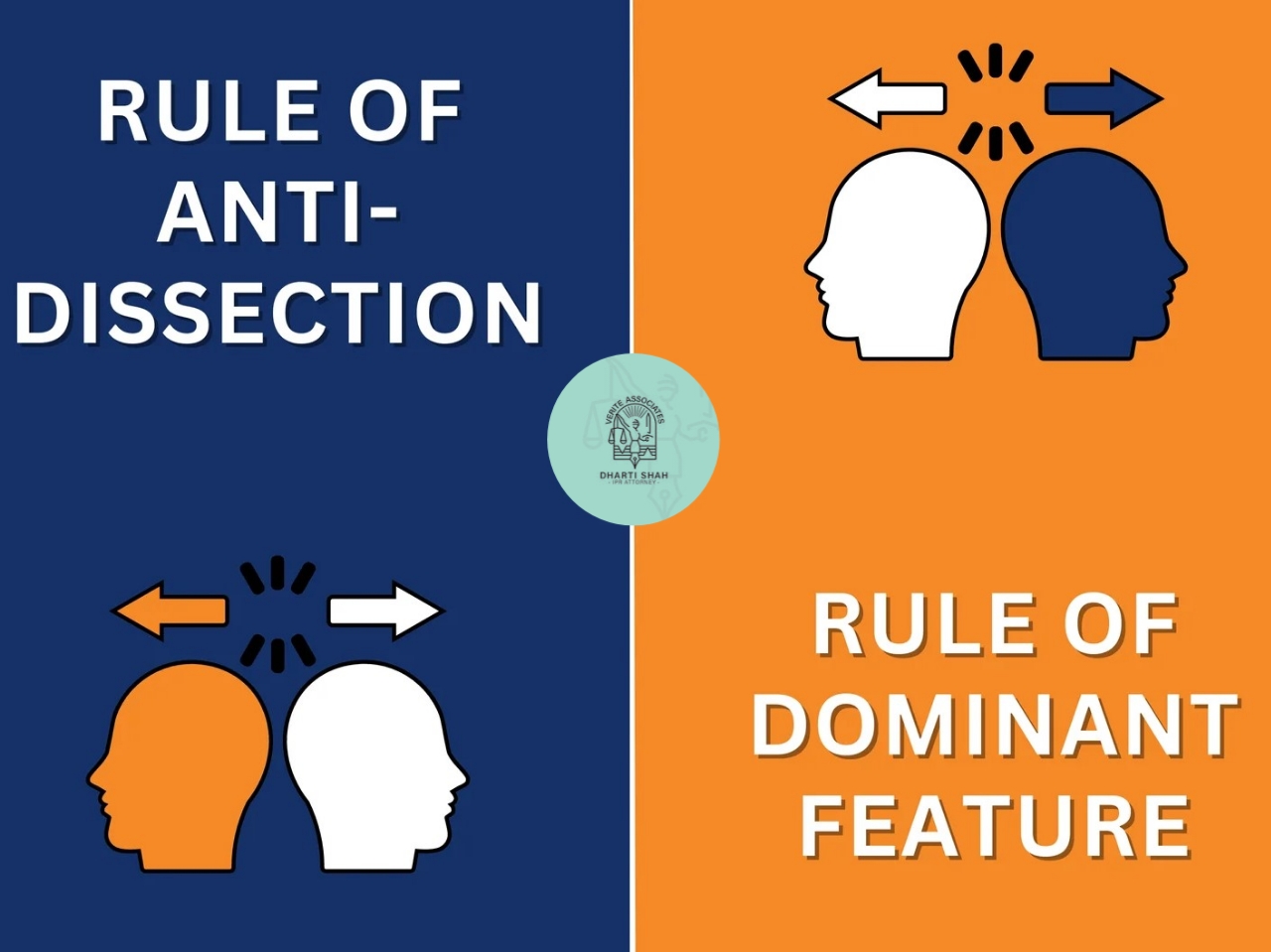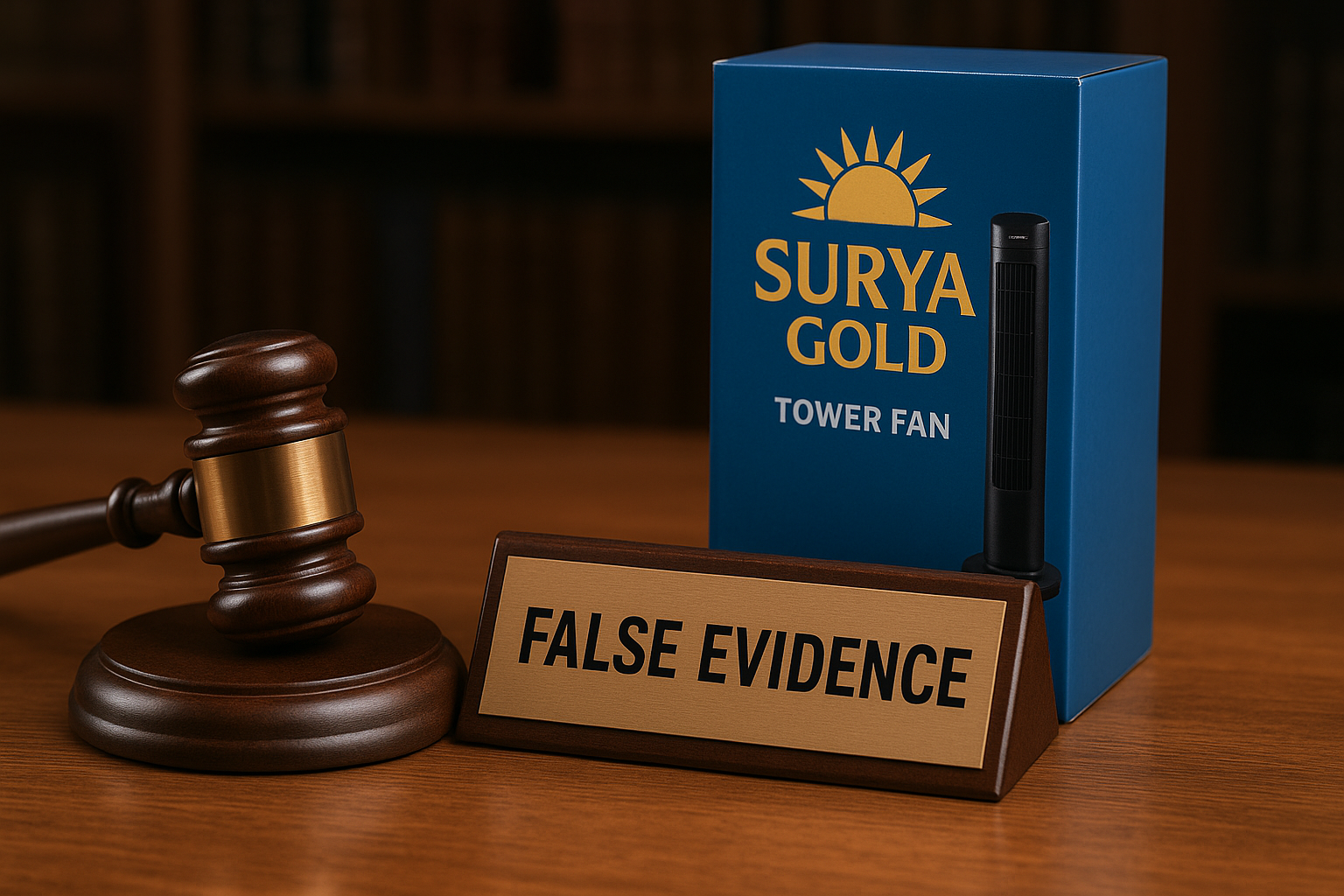
Trademark importance of every business:
In the digital era, every business is recognized by its trademark and goodwill. A strong trademark serves as a unique identifier, distinguishing a brand from its competitors. Goodwill, the intangible value associated with a brand’s reputation and customer loyalty, is equally important. As a brand’s recognition grows, its goodwill often increases. It provides legal protection, enhance brand identity increases asset value, facilitates licensing, franchising and helps prevent counterfeiting.
However, when disputes arise between brands, issues like passing off and infringement can occur. Passing off involves one business attempting to deceive consumers into believing its products or services are those of another. Infringement occurs when a business uses a trademark that is confusingly similar to another’s potentially harming the original brand’s reputation and customer base. It provides legal protection, enhance brand identity increases asset value, facilitates licensing, franchising and helps prevent counterfeiting. Trademark disputes arise when two or more parties claim ownership or use of a similar mark that could potentially cause confusion among consumers. These disputes can be costly, time-consuming, and damaging to a brand’s reputation. Furthermore, anti-dissection and dominant feature are two important concepts in trademark law that can play a significant role in resolving disputes.
ANTI- DISSECTION RULE
The anti- dissection rule in trademark law states that a trademark should be evaluated as a whole, rather than dissecting it into individual elements. This means that when determining whether two trademarks are similar or confusingly similar, courts do not focus on individual components of the marks but on the overall impression they create on consumers. The anti-dissection rule in trademark law also plays a significant role in protecting the goodwill associated with a trademark or crucial tool in trademark law that helps to maintain the integrity and distinctiveness of brands or the rule prioritizes the overall impression created by a trademark, considering factors such as appearance, sound and meaning.
SECTION 17: It is reiterated that a conjoint reading of (The trademark sections) section 17 Which, can be seen from the opening words of section 17 which states “When a trade mark consists of several matters, its registration shall confer on the proprietor exclusive right to the use of the trade mark taken as a whole.”
JUDGEMENT:
M/S. South India Beverages Pvt. Ltd. vs General Mills Marketing Inc. & Anr. on 13 October, 2014 held that the principle of anti-dissection does not impose an absolute embargo upon consideration of constituent elements of a composite mark as a preliminary step on the way to the determination of probable customer reaction to conflicting composites as a whole. Therefore, the principle of ‘anti-dissection’ and identification of ‘dominant mark’ are not antithetical but complement each other if viewed holistically. It was emphasized that consideration of a trademark as a whole would not condone infringement where less than the entire trademark is appropriated, and thus, dominant features are significant in such cases as the consumer is likely to remember and rely on dominant features for purposes of identification of product and source rather than descriptive or generic components of a mark.
DOMINENT FEATURE RULE
A trademark may comprise or be a combination of common words or invented words coupled with numerals, a device, a picture or any other type of image. Certain marks have one or more prominent feature clearly distinguishing the goods of one proprietor from its competitors.
SECTION 15: It is reiterated that a conjoint reading of (The trademark sections) section 15 Which, can be seen from the opening words of section 15 of the Act which states “Where the proprietor of a trade mark claims to be entitled to the exclusive use of any part thereof separately, he may apply to register the whole and the part as separate trademarks.”
JUDGEMENT
Pankaj Goel v. Dabur India Ltd. (2008)
The Delhi High Court highlighted the importance of the dominant feature of a trademark while determining the likelihood of confusion. In cases where a mark consists of several elements, the court must consider the dominant or essential feature to assess whether the overall impression of the trademark is distinctive or confusingly similar to others.
Conclusion
Rule of “Anti-dissection” Trademark to be read as a whole and the Rule of “dominant feature” in trademark law, while seemingly contradictory, can coexist to achieve a balanced and fair approach in adjudicating trademark disputes. The legal landscape, as demonstrated by cases like South India Beverages Ltd. v. General Mills Marketing Inc., reveals that both principles play complementary roles. While the holistic view of trademarks is essential, recognizing the significance of dominant features ensures a nuanced understanding. Striking a harmonious coexistence between these principles is crucial for fostering clarity and fairness in trademark adjudication.




Leave a Reply